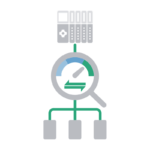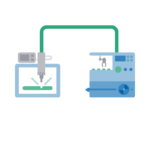Go digital.
Go PROFINET.
The communication standard
for the digital transformation.

Edge Computing and Vertical Integration
Vertical Integration
Vertical Integration is the concept of interconnecting automation networks to higher-level systems. Industrial Ethernet solutions, such as PROFINET, can be easily integrated with existing higher-level enterprise systems, including MES and ERP (Manufacturing Execution Systems and Enterprise Resource Planning) systems. Data from the automation network can be made available to supervisory staff in real-time from almost anywhere in the enterprise. Vertical Integration can provide better management of plant, skills, and assets and lead to improved production scheduling and order processing.
The Edge Concept
Edge components are key enablers for vertical integration. They can be existing network devices with edge capabilities or external devices added to the network. In both cases, the edge components gather data from the factory floor. Then, they turn it into valuable information for higher-level systems.
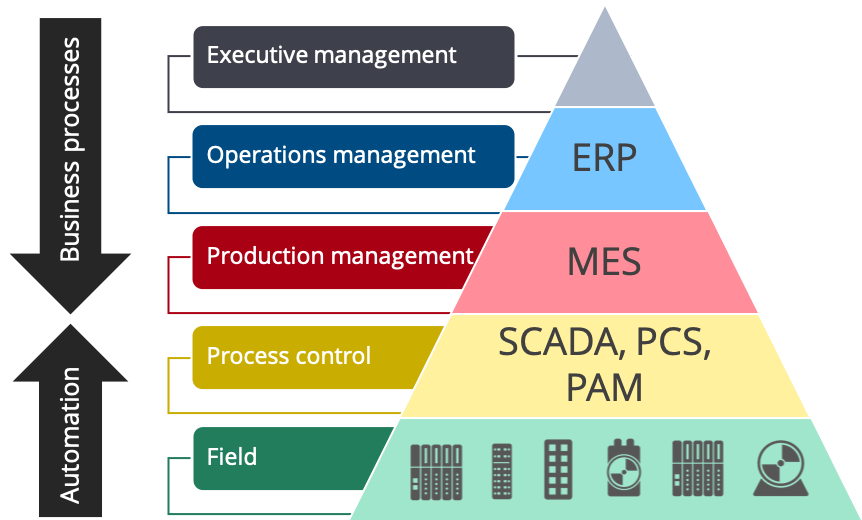
Device-2-Cloud Communication
OPC UA has become the de-facto standard for interoperable information exchange from the shop floor to the top floor (vertical communication). With its robust object-oriented information model and platform independence, OPC UA is proving to be the most efficient way to move semantic information around a plant. This fits perfectly with PROFINET with its ability to run different protocols independently on the same Ethernet network. OPC UA is a perfect aid to boost vertical integration in PROFINET systems and to bring added value to end-customers.
Mapping PROFINET Objects into OPC UA
OPC UA can be integrated into PROFINET devices to share asset management and diagnostic information with higher-level systems. This can be useful in scenarios where a PROFINET device is not configured to share relevant asset and diagnostic information with its I/O Controller, or the frequency of the data collected by this device is much higher than the controller scan cycle rate. In this scenario, the PROFINET device may have a local PROFINET / OPC UA Information Model. Since both PROFINET and OPC UA share a common Ethernet network, they can share the same infrastructure. However, as there is the possibility of OPC UA consuming most of the network bandwidth, care should be taken to ensure that this does not affect the performance of PROFINET packets. This can be handled by implementing Time Sensitive Networking (TSN). Currently, PROFIBUS and PROFINET International (PI) and the OPC Foundation have a joint working group to create an OPC UA companion specification for PROFINET.
Use Cases
- Predictive Maintenance
- Condition Monitoring
- Asset Management
- ...
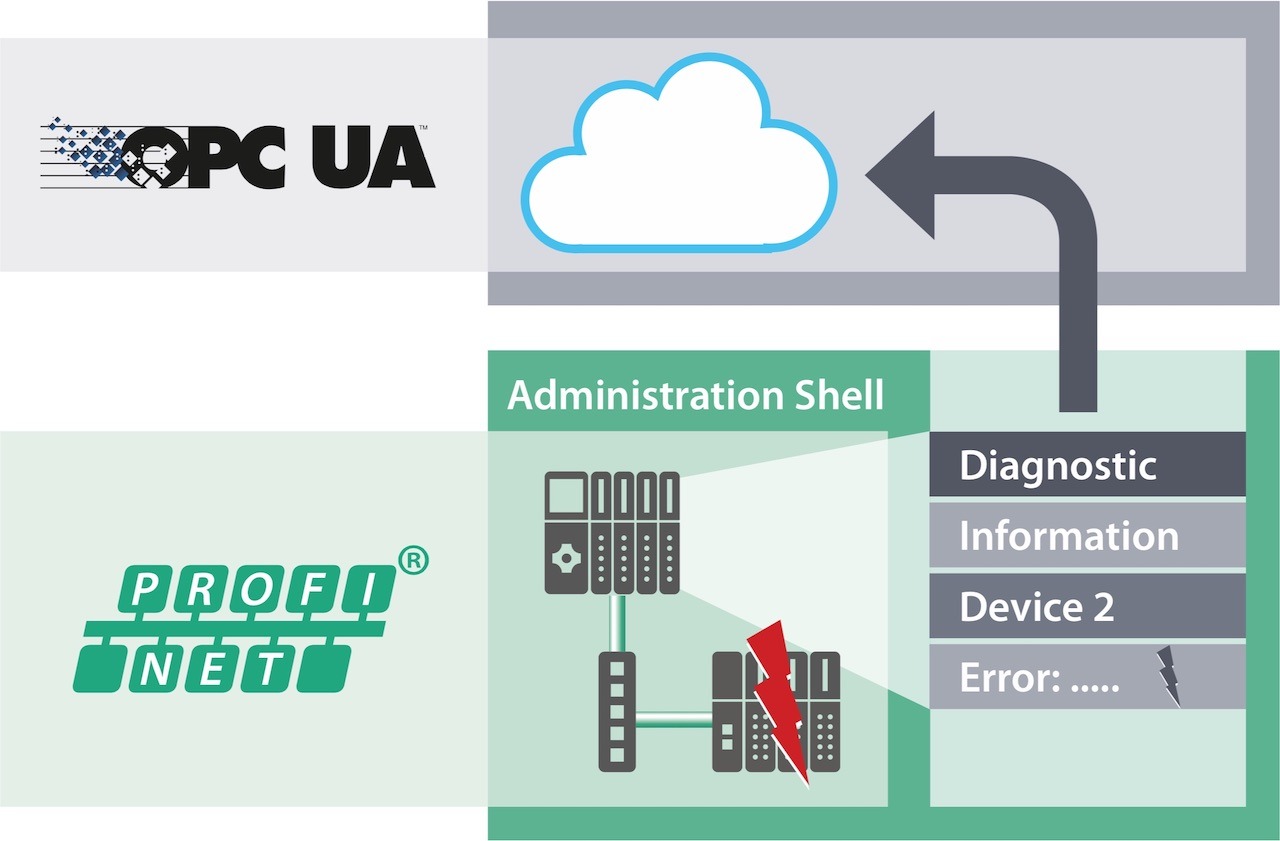
Moving relevant data in PROFINET networks from field to edge to cloud and back is as transparent as possible -no matter where the edge is. This video explains how it works in industrial networks.
Example:
OPC UA in PROFINET Controller or Edge Gateway
OPC UA can be integrated into the edge device, in this case, a PROFINET Controller or PLC. In this scenario I/O data fetched from multiple PROFINET devices are aggregated and analyzed, turning the raw data into valuable information. This enables the vertical integration of the field device data into the high-level enterprise-level application.
If the existing PLC does not have support for OPC UA, then external edge gateways can be used as an alternative. In this way, data can be fetched and turned into valuable information without disturbing the existing process. This is one of the principles behind the NAMUR Open Architecture (NOA).
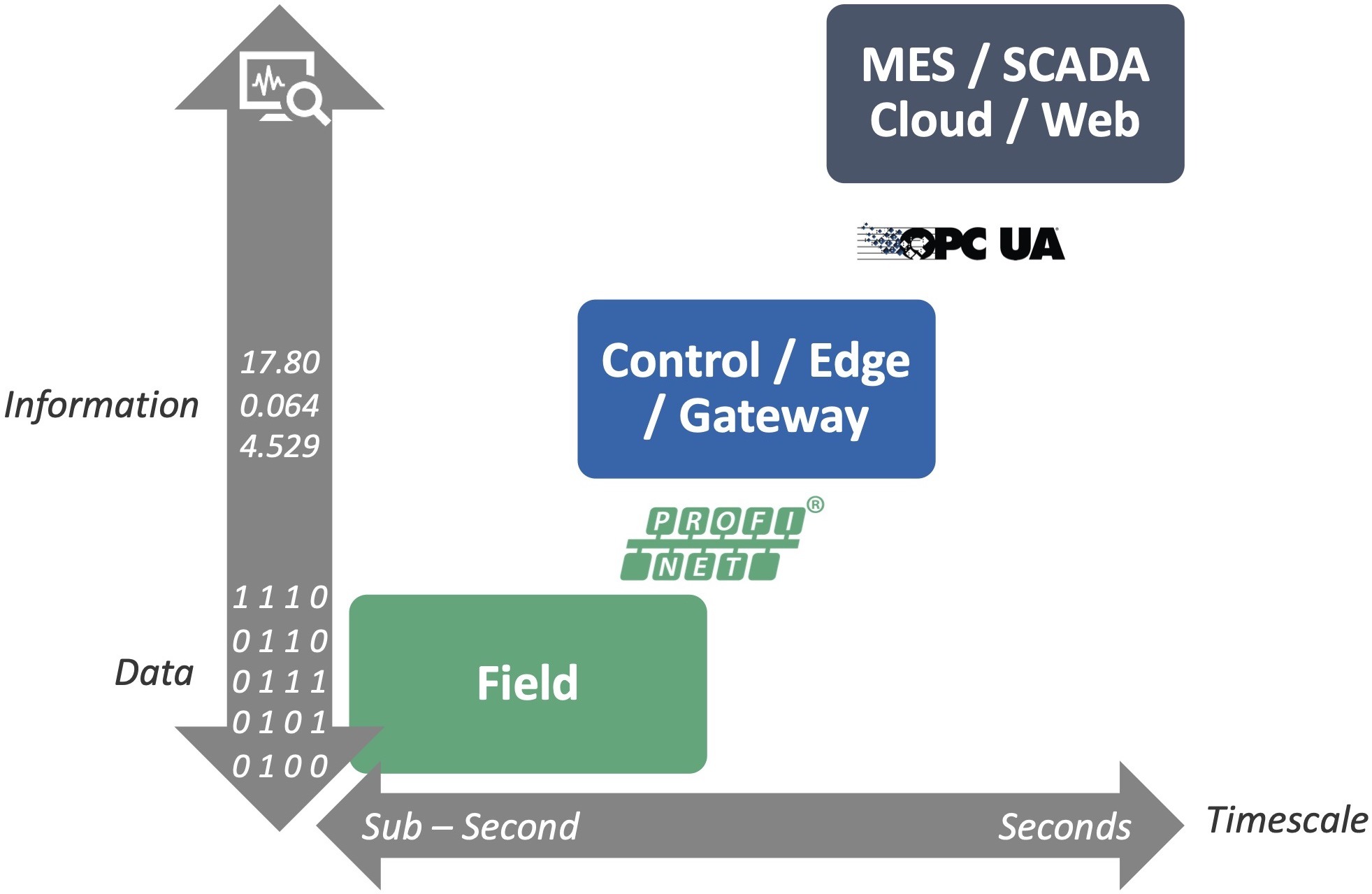
OPC UA Companion Specification for PROFINET
PROFIBUS & PROFINET International (PI) has published the first OPC UA Companion Specification for PROFINET. This specification describes a standardized OPC UA object model for PROFINET devices, which enables PROFINET devices from a wide variety of different manufacturers to transfer device data to asset management systems in a standardized way, for example. Standardization makes information collection significantly easier for tool manufacturers, regardless of the manufacturer, but this is just the beginning of PI’s vertical integration strategy.
The Companion Specification can be downloaded from the PI and OPC Foundation websites.


